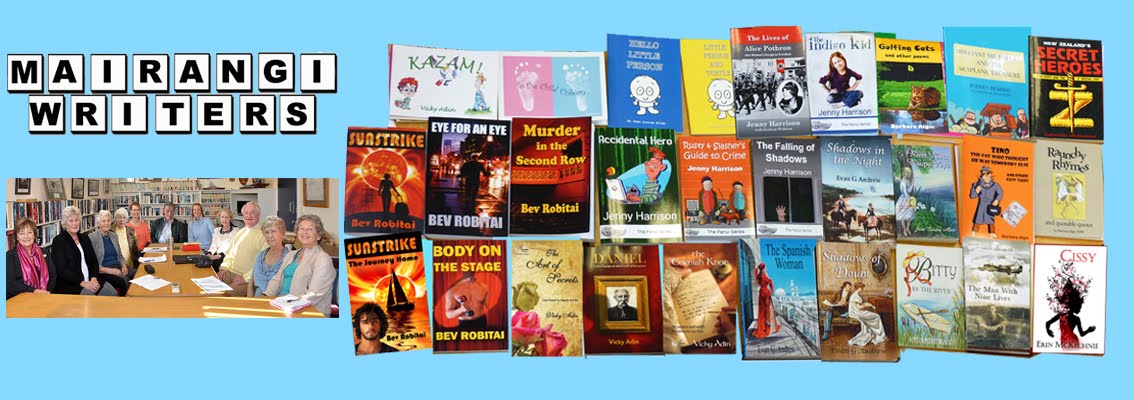On a recent holiday my husband re-read
Albert Facey’s A Fortunate Life. Stopping now and then to talk to me about
various sections and phrases, he reminded me of details I had forgotten. Facey portrayed a moving story of a life of
poverty and hardship, of neglect and, at times, abject cruelty and of sheer
hard work. His book became a best
seller, but the Afterword by Jan Carter (author of Nothing to Spare: Recollections of Australian Pioneering Women) put
the story into perspective and resonated with me.
Carter likened Facey to John Bunyan, author
of The Pilgrim’s Progress, which in itself is a fascinating comparison.
Her reasoning was that both men were uneducated ‘with similarities in their
backgrounds and parallels in their writings.’ They wrote of life as it
happened, like a journey leading them forever on to whatever awaited them, they
wrote as they spoke, they introduced characters as they saw them – warts and
all – and whilst they had vastly differing religious beliefs they were both
keen observers with an understanding of the natural rhythms of speech making
them great story tellers. Neither sought nor expected recognition for their
stories yet both have achieved a level of fame that many authors can only dream
about.
Facey was in his eighties when he completed
the book and in 1981, its first year of publication, he was nominated as
Australian of the Year. His stories touched people who either remembered
similar events in their own or their families lives, or by people who came to
realise that the life of a child in the late 1800s and early 1900s was a
distinct contrast to anything our modern children would understand and expect.
What Carter pointed out was that Facey was
not famous, biographers and historians did not seek him out, he was simply an
ordinary man with an extraordinary story to tell. The fact that he called his
life fortunate is impressive and says a lot about the man. At the end of his life,
he saw his time in two parts. The first as a child and young man alone in the
world and struggling against the odds; the second part as husband to the woman
he loved dearly and a father to sons and daughters he sought to protect, still
struggling through hardship but no longer alone. His story is now seen as a social and
political history of Australia of the times.
At the same time, I was reading a novel –The Misremembered Man by Christina
McKenna. The chapters alternate between a funny, nearly farcical, lonely hearts
story of two forty-year-olds finding each other, and the portrayal of life in an
Irish orphanage with its horrific history of abuse and neglect. That part of
the book was based on fact and was difficult reading - just as difficult as some
of that in Facey’s book.
However, McKenna’s technique of weaving two
stories in one - the comical, modern (1970s) near romance with a twist with the
sad story of a boy in the orphanage - provided relief from the reality her words
painted. It wasn’t until well into the book that you realised the author was in
fact writing a social history of the times. Orphanages such as those did exist
for far longer than they should have. Look it up.
For me, as a social history writer, the
success of these books is inspirational. Whether they are autobiographies or
history lessons wrapped up in a novel, these stories of times past are
something that makes us think. It helps
us to understand the times we live in better, be thankful we have modern
information and can make decisions about
what happens in our country, in our community and in our small lives. It makes
our ordinary lives seem much more important.
Vicky Adin

No comments:
Post a Comment